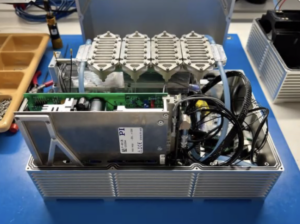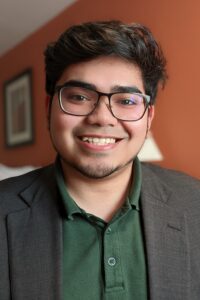Development and Characterization of a low intensity vibrational system for microgravity studies
Candidate: Omor Khan
Date: Monday, November 20
Time: 1:00 PM
Location: Micron Engineering Center, Room 301 (1020 S. Manitou Ave., Boise, ID) View Google Maps
Research Advisor: Gunes Uzer, Ph.D.
Research Laboratory: Mechanical Adaptations Laboratory
Committee: Gunes Uzer, Ph.D., Aykut Satici, Ph.D., Zhangxian Deng, Ph.D.
Abstract

The advent of extended-duration human spaceflight demands a better comprehension of the physiological impacts of microgravity. One primary concern is the adverse impact on the musculoskeletal system, including muscle atrophy and bone density reduction. Ground-based microgravity simulations have provided insights, with vibrational bioreactors emerging as potential mitigators of these negative effects. Despite the potential they have, the adaptation of vibrational bioreactors for space remains unfulfilled, resulting in a significant void in microgravity research. This paper introduces the first automated low-intensity vibrational (LIV) bioreactor designed specifically for the International Space Station (ISS) environment. Our research covers the bioreactor design and characterization, the selection of an optimal linear guide for consistent 1-axis acceleration, a thorough analysis of its thermal and diffusion dynamics, and the pioneering use of BioMed Clear resin for enhanced scaffold design. This advancement sets the stage for more authentic space-based biological studies, vital for ensuring the safety of future space explorations.
Bio

Omor’s journey in mechanical engineering took flight when he relocated from Saipan, U.S.A., to Boise State University, where he completed his bachelor’s degree in the fall of 2021. Driven by a passion for aerospace innovation, he progressed to a Master of Science in Mechanical Engineering, delving into research within the MechanicalAdaptations Lab (MAL). His focus: advancing the vibrational bioreactor designed for deployment to the International Space Station (ISS). Now, as Omor finalizes his master’s thesis, he applies his expertise as a mechanical engineer at Visioneering, working on cutting-edge projects contracted by NASA. His work stands at the intersection of academic inquiry and real-world application, aiming to contribute to the next frontier of space exploration.